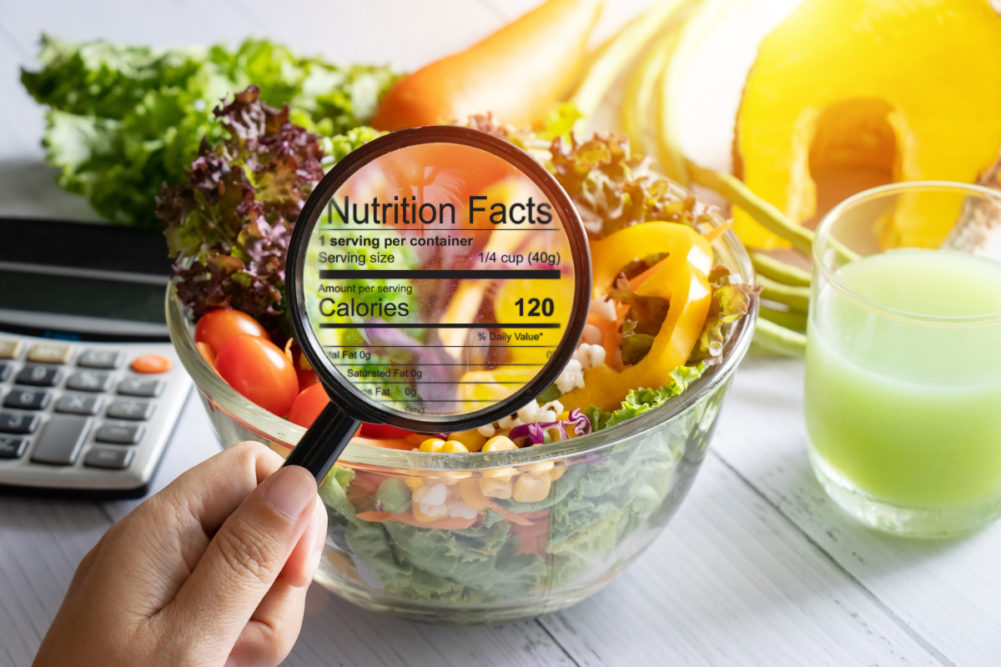ARLINGTON, VA. - FMI – The Food Industry Association and Label Insight identified that 81% of shoppers say transparency is important or extremely important to them when grocery shopping online and instore.
The data was released in a new report, "Transparency Trends: Omnichannel Grocery Shopping from the Consumer Perspective.” Conducted from March 5 – 18, the report is based on data from omnichannel grocery shoppers.
"It's one thing to know consumers want transparency, it's another thing to act on it,” said Tim Whiting, vice president of marketing at Label Insight. We're seeing more and more that providing detailed product information is key to building trust and loyalty with consumers. Moving forward, brands will need to continue to listen better to their customers, continuously update their online and instore content to keep pace with changing consumer preferences and be an open book when it comes to their products so that they can maintain and grow market share."
Key findings from the report include:
-
Consumers evaluate core factors that make a brand transparent. Shoppers label a brand or manufacturer as transparent if they provide a complete list of ingredients (62%), the description of ingredients is in plain English (53%), provide certifications, such as USDA organic (48%), and provide in-depth nutritional information (47%).
-
Responsibility for transparency is met with distrust. Sixty-one percent of omnichannel shoppers believe manufacturers, brands or government institutions are completely responsible for providing detailed product information; however, less than one-half of shoppers completely trust product information from manufacturers and brands (41%) or from government institutions (46%).
-
Consumer needs have changed and transparency needs have evolved along with them. More shoppers are sticking to a diet or health-related eating program in 2020 (64%) than in 2018 (49%); and their shopping behaviors are impacted even more by food allergies, intolerances or sensitivities than two years ago, with 44% indicating this in 2018 and 55% in 2020.
-
Online expectations for transparency are higher than for brick-and-mortar. Forty-two percent of shoppers believe online grocery retailers should be responsible for providing detailed product information compared to brick-and-mortar grocers (35%).
-
Consumers go online to get more information. When met with a need to get more detailed product information or clarify questions, shoppers turn to the internet. Forty-seven percent of shoppers will choose to research ingredients online in the face of confusion, and 89% of consumers would be more likely to seek details on a product if it had more online information.
"Pre-pandemic, online shoppers expressed a desire for expanded features that would enable search capabilities, exploration and better ways to compare products,” said Doug Baker, vice president of industry relations at FMI. “The analysis helps food retailers prioritize how consumers want to engage with them and their brands in an authentic way."

